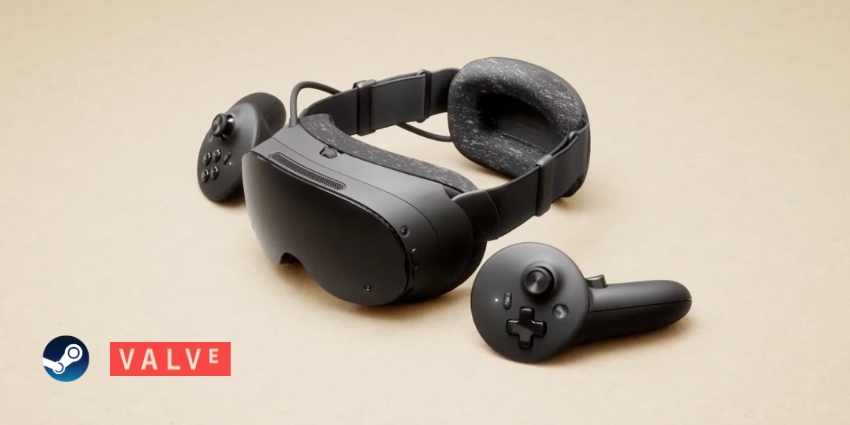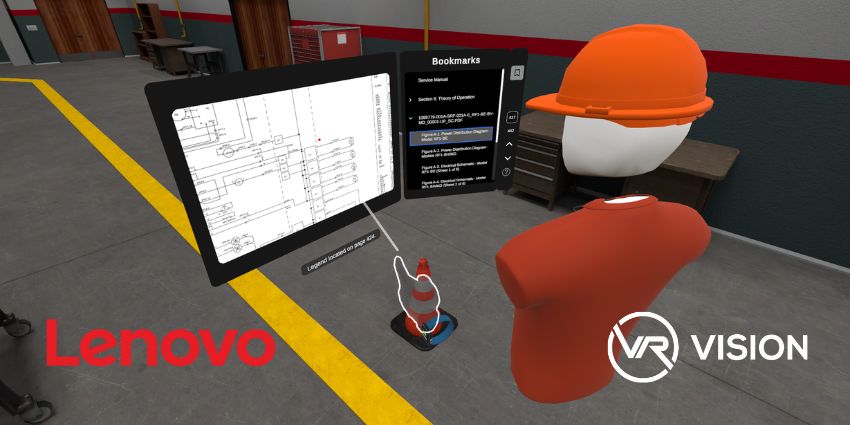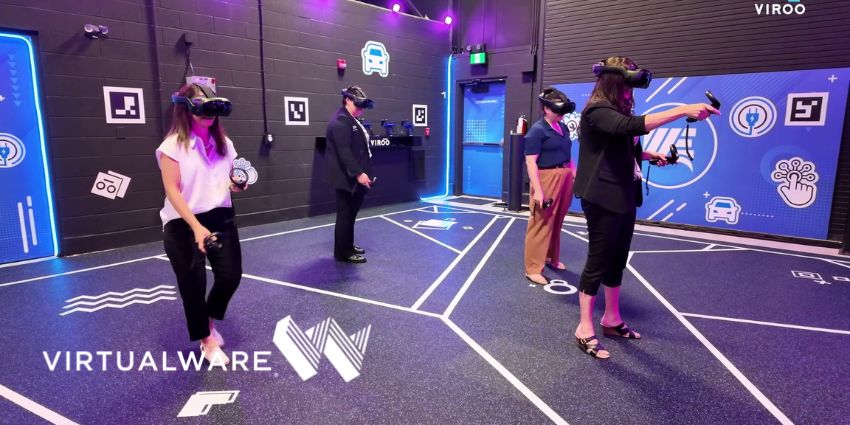Recently, an exciting new use case emerged from the XR space. NASA reports that its astronauts are leveraging virtual reality headsets to explore a digital twin of the space station they will soon occupy.
Moreover, the firm will train astronauts on the space station’s workflows via VR and allow designers to refine the station, therefore laying the groundwork for putting a person on Mars.
According to NASA’s provided pictures, its team will use an HTC VIVE branded headset to explore the space station – Gateway – enabling astronauts to explore insights into its design and functionality.
Gateway Lunar Space Station Digital Twin and Training
The Gateway lunar space station occupancy will mark the first time humans live in deep space, so before they head out, NASA is ensuring the station is ready for science and everyday life.
In the VR rendition of the Gateway lunar space station, astronauts can leverage the digital space station to engage with training procedures crucial in its landmark pursuit of knowledge.
NASA states that its Gateway lunar space station astronauts are undergoing immersive training procedures to enable staff to learn about tasks that are commonplace in the deep space station.
Training procedures include workflows crucial to the Artemis space station missions. NASA astronaut training includes performing science experiments in the station’s state-of-the-art lab, retrieving supplies, and preparing warm meals.
NASA states that combining the Gateway lunar space station digital twin, HTC VIVE headsets, and “real-world astronaut experience” allows the firm’s designers and scientists to refine the station’s interior design to achieve a safer and comfier workplace environment.
Will VR Help NASA Land on Mars?
The VR training and digital twin models may become crucial to NASA as the firm attempts to land on Mars, as the long-touted scientific marvel of putting humans on a new planet is full of risk and investment.
With the current boom of spatial data creating value via deep simulations for segments such as warehouses and industrial environments, NASA uses the same framework to ensure success in its unique business use case.
The VR integration in NASA’s workflow and training is a testbed for future technologies and a crucial stepping stone towards creating a suitable environment to explore more of the unknown.







